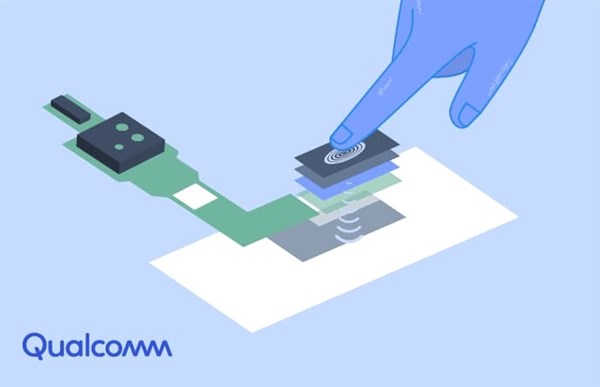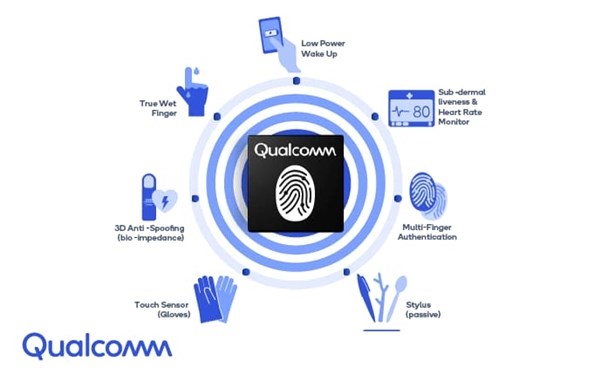Qualcomm’s New-gen Ultrasonic Fingerprint Sensor Technology Is In Works
After two years of rumors of the Galaxy S8 and S9, Samsung finally used the screen fingerprint recognition technology in the Galaxy S10 series models that were released in February this year. Unlike from the optical screen fingerprint identification modules used by smartphone manufacturers such as VIVO and Xiaomi on their smartphones, the Samsung Galaxy S10 uses Qualcomm’s ultrasonic fingerprint sensor technology.
After the Samsung Galaxy S10 is equipped with its ultrasonic fingerprint sensor technology, Qualcomm’s next-generation ultrasonic fingerprint sensor is being pushed forward and is expected to debut in the second half of this year.
Obviously, the current use of the technology on the Samsung Galaxy S10 helps Qualcomm’s new generation of 3D ultrasonic fingerprint technology have a larger recognition area, from 9x4mm (36mm2) to 8x8mm (64mm2). Thus, the identification area has nearly doubled, while the thickness remains at 2mm. At present, the thickness of the optical fingerprint module reaches 3mm.
Qualcomm Director, Product Management Gordon Thomas said that the 3D sonic fingerprint contains three components – ASIC (dedicated circuit driver), FPC flexible circuit board and sensor, and the sensor is not built with silicon, which greatly increases the output and reduces the cost.
From the point of view of time, according to past conventions, Samsung will also launch the Note 10 series models in the second half of this year. Therefore, there is every reason to expect for Qualcomm’s new generation of ultrasonic fingerprint technology on this smartphone.









